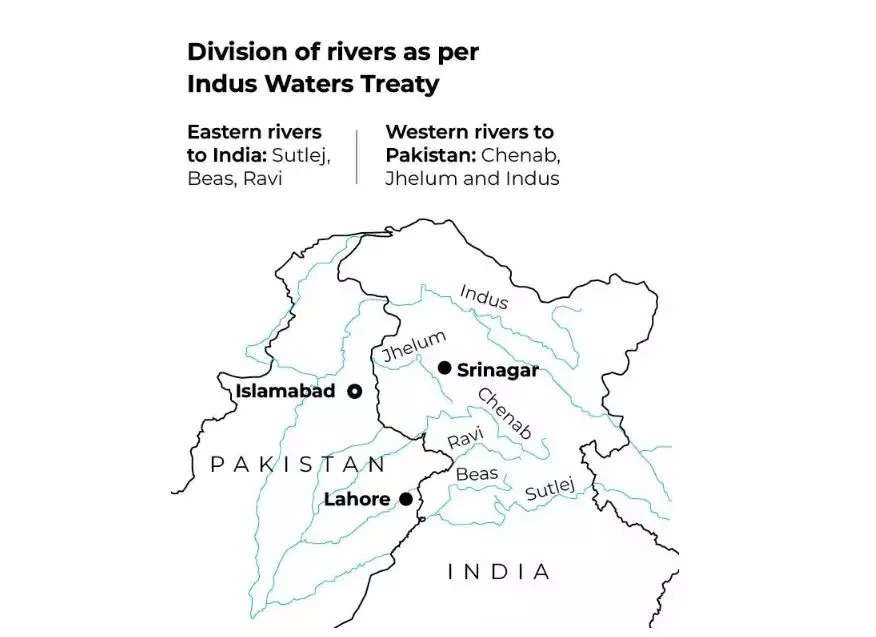Why in News?
The Neutral Expert (NE) appointed under terms of the IWT decided that he was competent to decide on differences between India and Pakistan on the design of hydroelectric projects built on the Indus Treaty-rivers.

The recent ongoing dispute
References
Why in News?
The presence of multiple Culicoides species responsible for the larger number of bluetongue virus transmission in the Andaman and Nicobar Islands.
The Indian Culicoides fauna now includes 93 valid species, many of which are recognised as confirmed or potential vectors of important pathogens of animal health.
References
Why in News?
The Department of Commerce recently introduced the Diamond Imprest Authorization Scheme to support exporters.
India’s gross exports of gems and jewellery in December 2024 stood at $1,967.98 million, marking a decline of 10.29% compared to the same period last year.
References
Why in News?
A recent study discovered that the hyena (Crocuta crocuta), one of Africa’s most abundant carnivores, appeared in southern Egypt after it became extinct in Egypt 5,000 years ago.
References
|
One Liners 23-01-2025 |
|
Geography |
|
Demographic dividend of India
|
|
Social Issues |
|
Beti Bachao, Beti Padhao movement
|
|
Polity & Governance |
|
National Voters’ Day (NVD) – 25th January
Electoral rolls in India
|
|
International Relations and Issues |
|
World Economic Forum (WEF)
World Economic Forum Annual Meeting 2025
|
|
Environment |
|
India’s Non-Fossil Fuel Capacity India targeted to achieve 500 gigawatts of non-fossil fuel-based energy capacity by 2030.
|
|
Miscellaneous |
|
Subhash Chandra Bose Aapda Prabandhan Puraskar
INCOIS
Developments of INCOIS
|